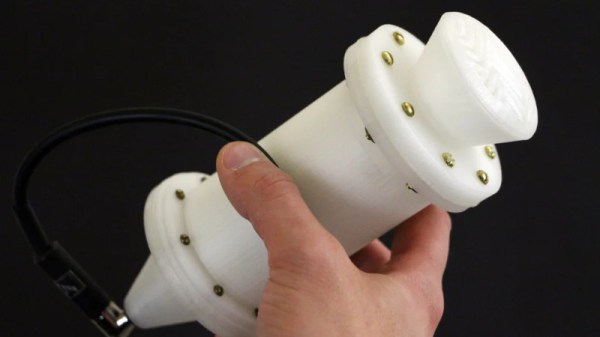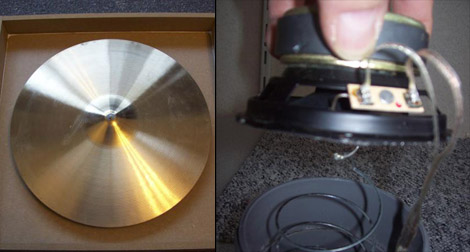We’re so used to reverb effects being simply another software plugin that it’s easy to forget the electromechanical roots of the effect. Decades ago, a reverb would have been a metal spring fed at one end with a speaker and attached at the other to a microphone. You may not see them often in the 2020s, which is probably why [Ham-made] has produced one. It’s not the type with a speaker providing the sound, though. Instead, this is a microphone in its own right with a built-in spring line.
Perhaps it’s not the best microphone possible, with a somewhat heavy diaphragm and 3D printed body. But the hand-wound spring transmits the sound down to a piezo disk which serves as the electrical element, and the whole thing screws together into quite the usable unit. There are a selection of sample MP3 files that provide an interesting set of effect-laden sounds, so if you fancy building one yourself, you can judge the results.
We think this may be the first reverb microphone we’ve seen, but we’re certainly no stranger to reverb projects. More common by far, though, are plate reverbs, in which the physical element in the system is a metal plate rather than a spring. We like it when the sound source is a Commodore 64.













